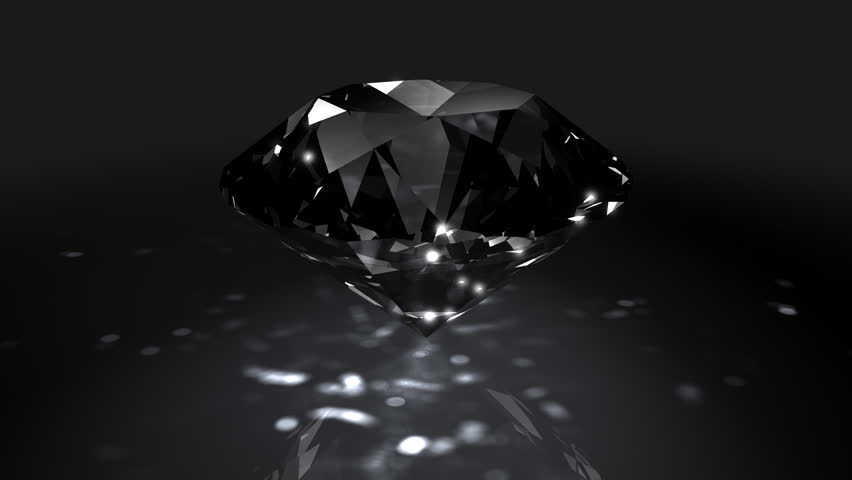
In today’s world, loose lab grown diamonds are rapidly gaining popularity as an ethical, sustainable, and affordable alternative to traditionally mined diamonds. Whether you’re purchasing a loose stone for a custom engagement ring, a piece of fine jewelry, or simply as an investment, lab grown diamonds offer unparalleled value without compromising on quality or beauty. In this guide, we will explore why lab diamonds have become a leading choice for buyers, their benefits, and how to choose the perfect loose lab grown diamond for your needs.
1. What Are Loose Lab Grown Diamonds?
Loose lab grown diamonds are diamonds that are not yet set into any kind of jewelry, such as a ring, pendant, or earrings. These diamonds are created in a laboratory setting using cutting-edge technology that replicates the natural conditions under which diamonds are formed. The result is a diamond that is chemically, physically, and optically identical to a mined diamond.
Lab grown diamonds, sometimes called synthetic diamonds or man-made diamonds, are created using one of two methods: Chemical Vapor Deposition (CVD) or High Pressure High Temperature (HPHT). Both processes result in real diamonds that are indistinguishable from those extracted from the earth.
The Key Difference Between Lab Grown and Mined Diamonds
The most important difference between lab grown diamonds and mined diamonds is their origin. While mined diamonds are formed over billions of years beneath the Earth’s surface, lab diamonds are produced in a matter of weeks in a controlled laboratory environment. However, in terms of structure, appearance, and durability, lab grown diamonds are virtually the same as mined diamonds.
2. Why Choose Loose Lab Grown Diamonds?
When it comes to purchasing diamonds, loose lab grown diamonds offer a number of compelling advantages that make them a preferred choice for many modern buyers.
Ethically Sourced
One of the most significant benefits of lab grown diamonds is their ethical production process. Unlike some mined diamonds, which can be linked to conflict zones or unethical labor practices, lab grown diamonds are 100% conflict-free. You can rest assured that your purchase is free from any association with human rights abuses or environmental harm caused by traditional diamond mining.
Sustainable and Environmentally Friendly
The environmental impact of mining diamonds is well-documented. Mining can cause deforestation, soil erosion, and water contamination, leading to long-term environmental degradation. Lab grown diamonds, on the other hand, require far fewer resources to produce and have a significantly smaller carbon footprint. If you prioritize sustainability, lab diamonds offer an eco-friendly alternative that aligns with your values.
Affordability Without Compromise
Another advantage of purchasing loose lab diamonds is their affordability. Lab grown diamonds are generally 20-40% less expensive than their mined counterparts, allowing you to invest in a larger or higher-quality stone without stretching your budget. This affordability does not come at the cost of quality—lab diamonds exhibit the same brilliance, sparkle, and durability as natural diamonds.
Quality and Variety
When it comes to quality, lab grown diamonds excel. These diamonds are subject to the same grading standards as mined diamonds, assessed based on the 4Cs: Carat, Cut, Color, and Clarity. Loose lab diamonds are available in a wide variety of sizes, shapes, and qualities, giving you the freedom to choose the perfect diamond for your specific needs and preferences.
3. The 4Cs of Loose Lab Grown Diamonds: How to Choose
When selecting a loose lab diamond, it’s important to understand the 4Cs to ensure that you’re getting the best possible stone for your investment.
Carat
Carat refers to the weight of the diamond. Larger diamonds are rarer and thus more valuable. Thanks to the affordability of lab grown diamonds, you may be able to afford a higher carat diamond without breaking the bank. Whether you’re looking for a subtle 0.50 carat diamond or a stunning 2-carat stone, lab diamonds offer more flexibility in terms of size and price.
Cut
The cut of a diamond significantly affects its brilliance. A well-cut diamond will reflect light beautifully, resulting in maximum sparkle. Lab diamonds are cut to the same precision standards as mined diamonds, so whether you prefer a round brilliant cut, princess cut, or more unique shapes like oval, emerald, or cushion, you’ll find a lab diamond that dazzles.
Color
Color refers to the diamond’s lack of color. Diamonds are graded on a scale from D (completely colorless) to Z (with noticeable yellow or brown tints). Most buyers prefer diamonds in the D-F color range, as these are colorless and allow for the most light reflection. Lab grown diamonds are available in a wide range of colors, including rare fancy colored diamonds like blue, pink, and yellow, for those seeking a distinctive and vibrant option.
Clarity
Clarity measures the presence of internal inclusions or external blemishes in a diamond. Since lab grown diamonds are created in controlled environments, they tend to have fewer inclusions than mined diamonds, making it easier to find a higher clarity diamond. Flawless and VVS (Very Very Slightly Included) clarity grades are common among lab diamonds, ensuring that your stone appears crystal clear to the naked eye.
4. Customizing Jewelry with Loose Lab Grown Diamonds
Purchasing loose lab grown diamonds gives you the freedom to design your own bespoke jewelry. Whether you’re creating an engagement ring, pendant, or earrings, you can work with a jeweler to customize every aspect of your piece, from the metal and setting to the diamond’s shape and size.
Engagement Rings
One of the most popular uses for loose lab diamonds is in the creation of custom engagement rings. With a loose stone, you can choose the exact diamond and pair it with your preferred setting—whether it’s a classic solitaire, a halo design, or a three-stone ring. You can also select the metal of your choice, such as platinum, white gold, yellow gold, or rose gold.
Pendants and Earrings
Loose lab diamonds are also perfect for designing stunning pendants and diamond stud earrings. Choose a round or princess cut diamond for a pair of timeless studs or opt for a unique pendant that showcases your chosen diamond in a modern or vintage-inspired setting.
Tennis Bracelets and Necklaces
For those looking to create statement pieces, tennis bracelets and diamond necklaces featuring lab grown diamonds offer unmatched brilliance and luxury. These designs typically feature multiple diamonds in a continuous line, making the quality and consistency of each stone even more critical.
5. Certification: Ensuring Quality in Loose Lab Grown Diamonds
When buying loose lab diamonds, it’s crucial to ensure that the diamond is certified by a reputable gemological laboratory such as the Gemological Institute of America (GIA) or the International Gemological Institute (IGI). A diamond certificate provides detailed information about the stone’s carat weight, cut, color, clarity, and other important characteristics. This certification offers peace of mind, ensuring that you are getting exactly what you paid for.
6. Conclusion: The Perfect Loose Lab Grown Diamond Awaits
Loose lab grown diamonds are the perfect option for buyers seeking a combination of ethics, sustainability, affordability, and quality. Whether you are designing a custom engagement ring, looking to invest in a high-quality diamond, or seeking the perfect loose stone for a piece of bespoke jewelry, lab diamonds offer an unparalleled solution.
By choosing a loose lab grown diamond, you’ll be making an environmentally conscious and socially responsible choice without compromising on beauty, brilliance, or value. With the flexibility to select the ideal diamond and create a truly personalized piece of jewelry, you can ensure that your final creation is as unique as your love story.








